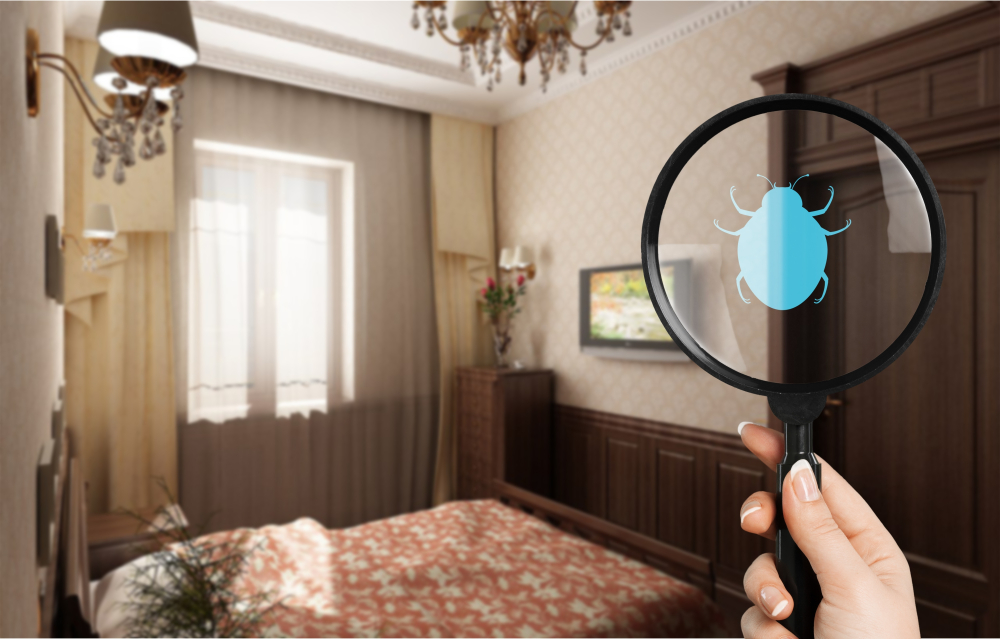Confused About Termite Control? Find Answers Here
Termite infestations are typically not visible until major damage has occurred. They exist in a dark, moist, and hidden area. As a result, it is extremely difficult to spot them, until it is too late. Since termites eat wood from the inside, detecting a termite infestation can be difficult. However, there are certain clear signs of their existence.
How Do I Know If I Have Termites?
The first indication of a termite infestation can be little flying insects known as termite swarmers flying near your windows and dropping their lost wings. This behavior is most common in the spring.
However, termites are active all year long, and because termite swarmers look a lot like flying ants, proper identification is essential as part of a personalised expert solution.
Termites are secretive pests. Hence, they can be hard to identify. Further, they can stay hidden in hollow doors and wall voids for a long time. However, the following are a few common termite warning signs.
Sightings Of Termite Swarmers (Flying Termites) Or Fallen Wings
Many times, the first sign of a pest infestation is when swarmer’s or alates show up on a home. Another common sign is the remnants of wings that have been thrown away on windowsills and the floor of homes. Further, when a termite swarm is in your house, the same and fallen wings are a sure sign.
Termite Droppings
After they eat wood, dry wood termites almost always leave behind brown-coloured and grainy faucal mounds. And that looks like they are made of wood. In most cases, these faucal pellets are found under the wood that has been infected by bugs.
Floor Damage
Termites have been known to eat through laminate floors and even skirting boards. In some regions, affected flooring may blister and droop, and inspection beneath the flooring may reveal termite activity. Additionally, you might check to see whether your floor seems spongy and bounces more than normal.
How to Remove Termites from Wood?
Hiring expert assistance is a sensible approach. However, if the infestation is not serious, you can eliminate termites from wooden furniture using the following do-it-yourself tips:
Create A Cardboard Trap
Cardboard has cellulose and a strong woody odour that termites cannot stand. Moisten it with water to intensify the fragrance and place it close to the afflicted region. As a result, you can attract the termites to the open cardboard box within a few hours. Further, remove it or burn it to eliminate termites from wooden furniture.
Boric Acid Treatment
Further, you can use a solution of borax powder and water on the affected areas. It is a non-toxic procedure that guarantees termites will vanish from cupboards and other wooden furniture after a few treatments. Additionally, you may combine this procedure with the cardboard trap to achieve the best termite control.
Oil Treatments
Orange and neem oils are also quite effective for termite control. The former includes a chemical called d-limonene, which is highly toxic to termites upon contact. On the other side, neem oil is effective once termites consume it. To get the best results, keep using these oils or spraying them frequently over afflicted areas.
Heat Treatment For Termite Control
Additionally, termites are heat sensitive, heat can be an effective termite killer. You can kill the termites easily if you heat the affected area for at least 120 degrees Fahrenheit for at least a half-hour. Further, this is an inexpensive method of DIY termite control that does not require the use of chemicals. However, you cannot attempt this near plastics or wires. Also, it is less effective on large beams, so proceed with caution.
Conclusion
Generally, you should schedule a termite inspection for your house once a year, more frequently if you see termite activity. Further, DIY treatments are effective for termite control only at the early stages.









0 comments